Subscapularis muscle
Table of Contents
Subscapularis Muscle Anatomy
A large triangular-shaped muscle that fills the subscapular fossa. The term “subscapularis” means under (sub) the scapula. It is lthe argest and strongest muscle of the rotator cuff muscle.
Origin
It originates from the medial two-thirds of the subscapular fossa.
Insertion
It inserts into the lesser tubercle of the humerus and the front of the shoulder joint capsule.
Nerve supply
The upper and lower subscapular nerves(c5-c6) supply the muscle.
Blood supply
Blood supply to the subscapularis muscle comes from a series of branches of the subclavian artery;
Axillary artery, a continuation of the subclavian artery,
Subscapular artery, a branch of the axillary artery,
Suprascapular artery, which branches off the subclavian artery via the thyrocervical trunk.
Action
It acts as the medial rotator and adductor of the arm.
Exercise of Subscapularis Muscle
Strengthening Exercises:
1. Cable Standing Shoulder Internal Rotation:
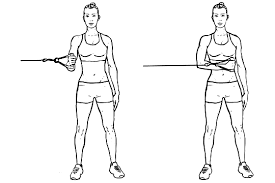
- Stand with your side facing a cable pulley that is locked at elbow height. Alternatively, use an exercise band.
- Grip the cable handle with the arm closest to the cable machine. Keep your elbow locked against your side and bent at approximately 90 degrees.
- Internally rotate your shoulder and pull the cable towards your body until your forearm is crossed over your belly. Be sure to keep your elbow pressed against your side and in a fixed position throughout the entire movement.
- Return to the starting position and repeat for desired repetitions.
- Switch arms and repeat on the other side.
2. Dumbbell Shoulder Internal Rotation :
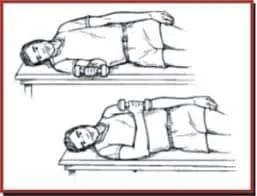
- Lie on the floor on your right side with a dumbbell in your right hand. Your upper arm should be close to your body.
- Bending your elbow at 90 degrees, hold the dumbbell upright above your elbow. You can lean back slightly to allow for a full range of motion if necessary.
- Lower the dumbbell towards the floor while keeping a 90-degree angle at the elbow. You should feel a stretch in your shoulder. You may hold your elbow with the opposite hand to provide more support.
- Lift the dumbbell towards your body while internally rotating your shoulder until your forearm is vertical.
- Repeat for the desired number of repetitions.
- Switch sides and repeat with the opposite arm.
Stretching Exercise :
1. Passive Internal Rotation Stretch :
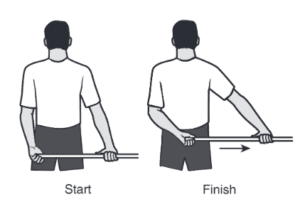
- Hold a stick behind your back with one hand, and lightly grasp the other end of the stick with your other hand.
- Pull the stick horizontally as shown so that your shoulder is passively stretched to the point of feeling a pull without pain.
- Hold for 30 seconds and then relax for 30 seconds.
- Repeat on the other side.
Clinical Importance
Subscapularis can have up to three trigger points, with the two most common occurring near the outside edge of the muscle. Luckily, the trigger point on the inside edge of the muscle is much less common, because it is nearly impossible to contact by palpation and release manually. Referred pain from trigger points in the subscapularis muscle concentrates in the posterior shoulder region, with spillover into the shoulder blade region and down the back of the upper arm. A unique “band” of referred pain around the wrist may occur as well. Typically the patient is aware of this wrist pain but does not think it is related to their shoulder pain.
It is often injured in throwers. Tenderness and pain will be felt when pressing in on the tendon insertion on the inside of the upper arm. Subscapularis tendonitis symptoms include pain when moving the shoulder especially when the arm is raised above the shoulders.
An overworked subscapularis muscle can make the patient unable to lift his/her arm and It may even cause a frozen shoulder if not taken care of.

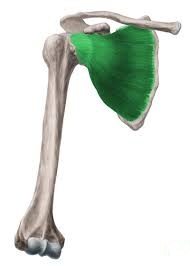
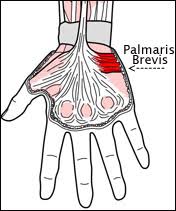
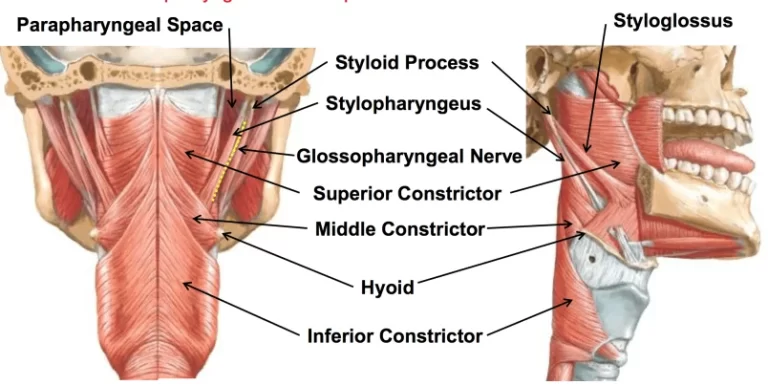
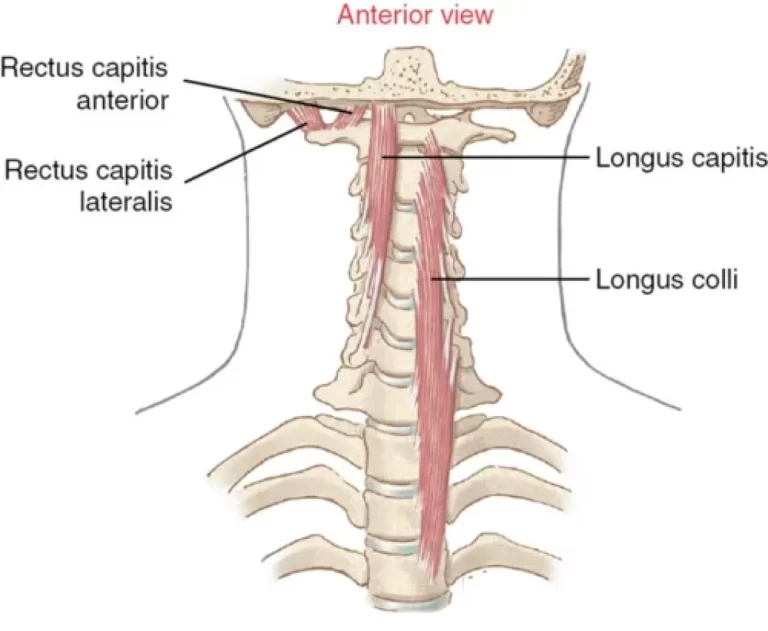
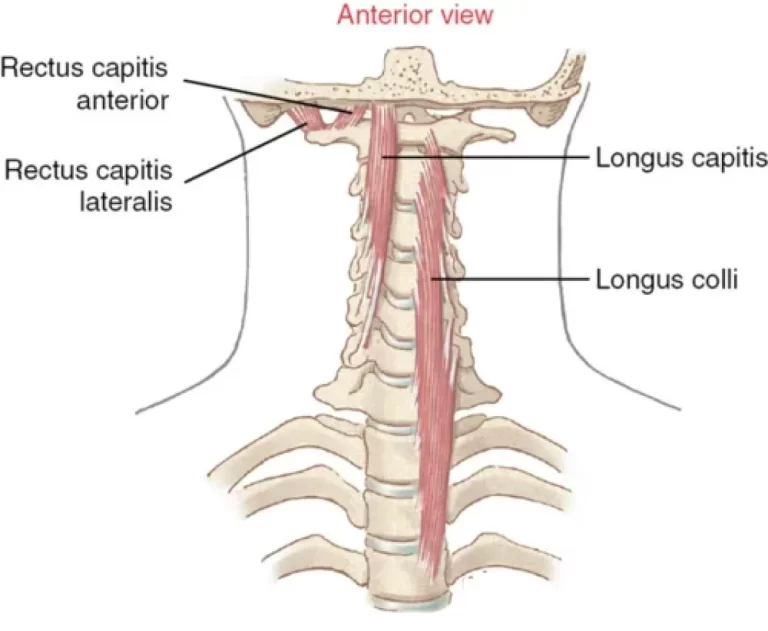
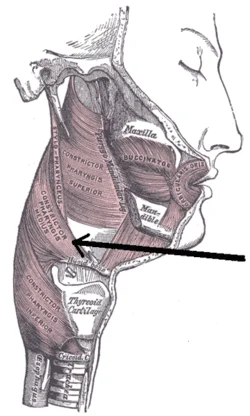
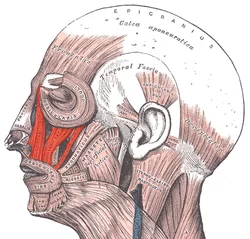
2 Comments